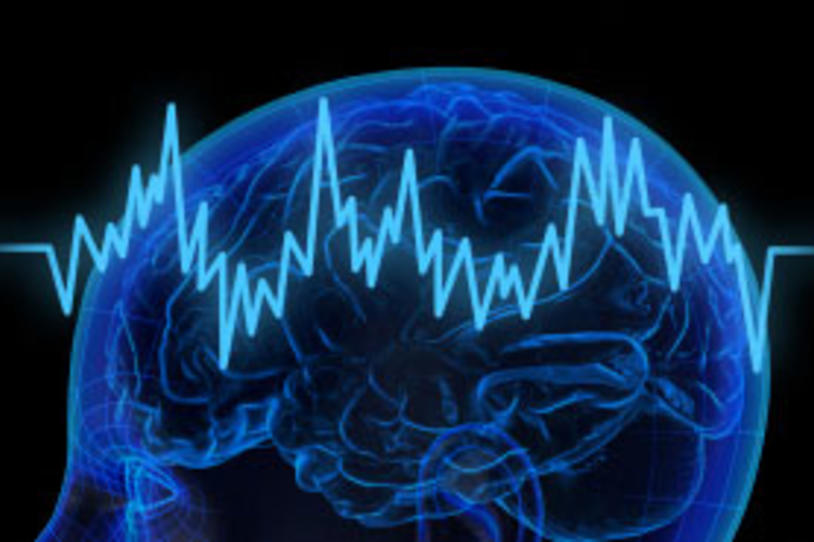
Deep brain stimulation (DBS) is an always popular topic among people with Parkinson's and researchers alike, and for good reason: it's the most commonly performed surgical procedure for the management of Parkinson's symptoms. In the appropriate person, it can be significantly beneficial, but DBS isn't for everyone and it has limitations. (Read more about deep brain stimulation.)
Researchers are improving existing DBS systems while developing the next-generation of devices. They're also targeting DBS to different areas of the brain (to treat symptoms such as walking and balance problems) and studying the treatment in different populations of people with Parkinson's.
Here are a few highlights of what's been happening with DBS and Parkinson's:
- A new DBS system reached market.
The U.S. Food and Drug Administration (FDA) recently approved St. Jude Medical's Infinity™ DBS system, making it the second DBS device available. (Medtronic devices were the first and only for many years.) Both DBS systems use a neurostimulator, a device put under the skin in the chest, to send electrical stimulation through leads, or wires, implanted in the brain. St. Jude leads allow "steering" of the stimulation toward the intended target to reduce Parkinson's symptoms and lessen side effects, such as tingling or speech slurring. (Leads without this technology send stimulation in all directions, although this is still over a small, specified area.)
- Researchers plan to study DBS in people with very early stages of disease.
Currently, DBS is approved for people who have had Parkinson's for at least four years and have developed motor complications -- dyskinesia and/or significant "off" time, when symptoms are not controlled. (Learn about the FDA indication for DBS in Parkinson's.) However, researchers believe DBS may be beneficial even earlier in the course of disease. Based on positive results of a small trial, a large, multicenter Phase III trial of DBS in people with Parkinson's for less than four years will likely begin recruiting in mid-2017. Register on Fox Trial Finder to be alerted if you're eligible for this study when it starts.
- Multiple DBS trials aim to optimize and expand the reach of this treatment.
Research in DBS is extremely active and diverse. Trials are looking at everything from the procedure itself (placing leads in the brain while a person is awake vs. asleep under the guidance of brain imaging, for example) to how differences in programmed settings can influence a person's walking, speech and even sleep. Investigators are studying individuals' unique electrical signaling patterns and working to develop "closed loop," or personalized, DBS devices that could deliver stimulation on-demand -- when symptoms return (rather than continuously as the current systems do).
Deep brain stimulation is a therapeutic option for many, but researchers are working to make it even more widely applicable for more symptoms and even more people. Stay tuned to the blog and to Fox Trial Finder for updates on this and other therapies.
